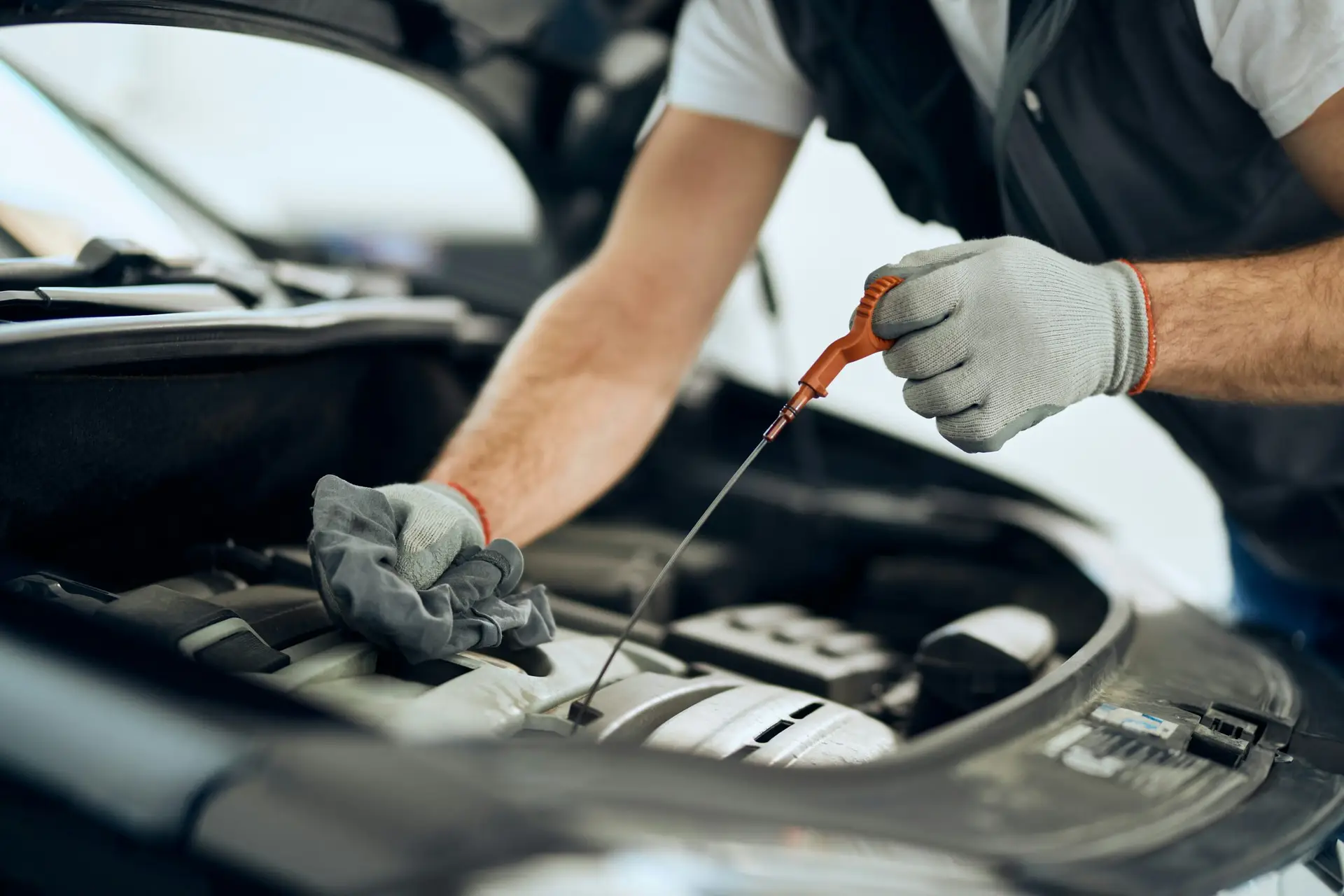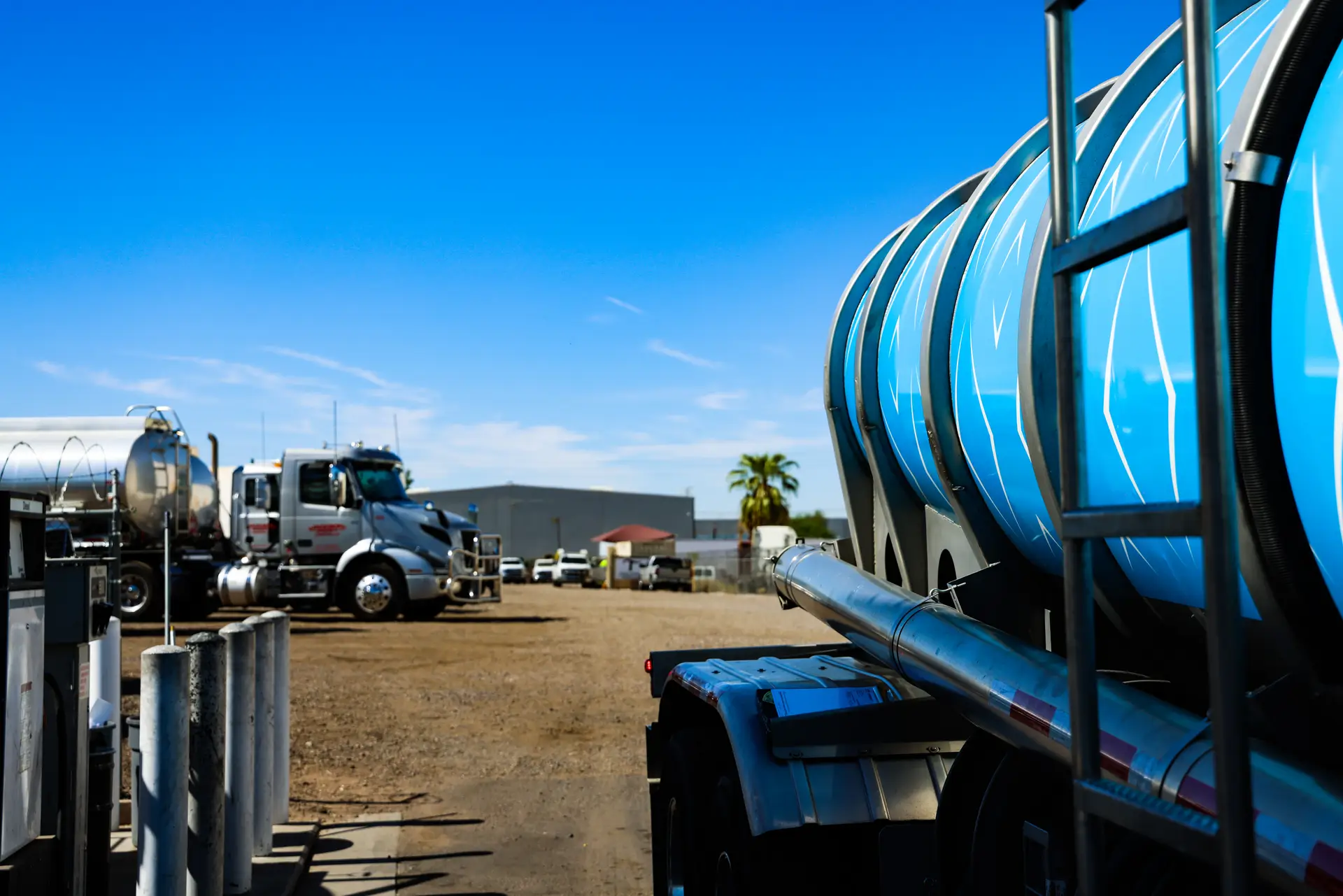Diesel Exhaust Fluid (DEF) plays a crucial role in today’s diesel engines, especially as industries face increasing pressure to meet environmental standards. DEF is a non-hazardous, colorless solution made up of 32.5% urea and 67.5% deionized water. When used in Selective Catalytic Reduction (SCR) systems, it helps significantly reduce nitrogen oxide (NOx) emissions—one of the major pollutants from diesel engines. This technology allows engine manufacturers and fleet operators to meet strict emissions regulations without compromising performance.
As transportation, construction, and industrial operations continue to shift toward more sustainable practices, understanding the role of DEF is essential for long-term efficiency and compliance. With DEF now legally required for many diesel engines, knowing how it works and the benefits it brings is more important than ever to keeping your fleet running clean and efficient.



